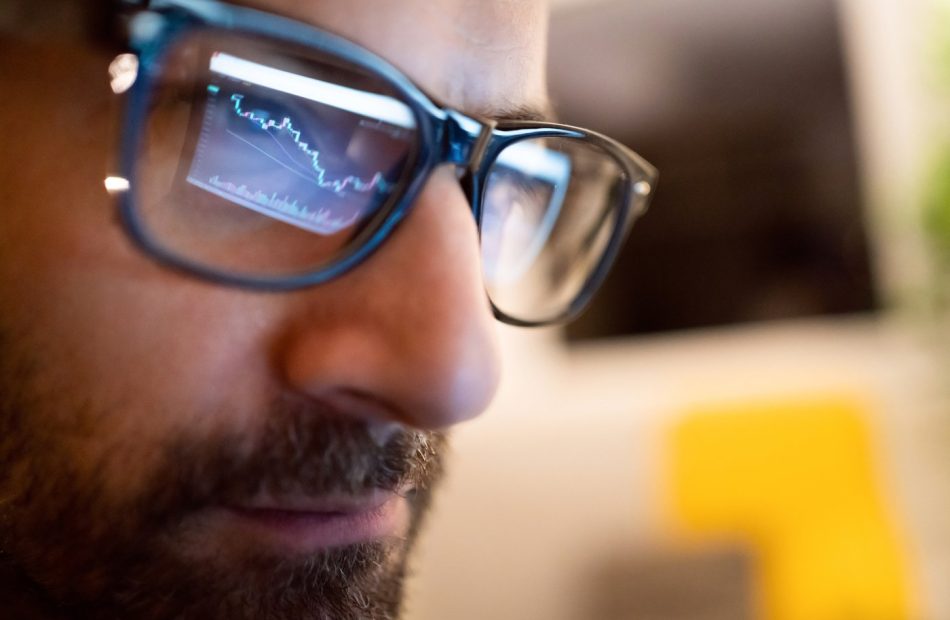"Big Short" Money Manager Michael Burry Is Piling Into 3 Industry-Leading Stocks That Share a Common Theme
In case you missed it, one of the most-anticipated data dumps of the fourth quarter occurred last week on Nov. 14 — and no, it has nothing to do with earnings season or the release of the October inflation report.
No later than 45 days following the end to a quarter, institutional investors with $100 million (or more) in assets under management are required to file Form 13F with the Securities and Exchange Commission. A 13F allows investors to look over the shoulders of Wall Street’s top money managers to see which stocks they purchased and sold in the most recent quarter (i.e., the third quarter).
Start Your Mornings Smarter! Wake up with Breakfast news in your inbox every market day. Sign Up For Free »
Although Berkshire Hathaway CEO Warren Buffett tends to garner a lot of attention, he’s far from the only asset manager who’s made their mark on Wall Street. Another 13F that’s of high interest to investors is that of Scion Asset Management’s Dr. Michael Burry.
It’s a well-known fact that Wall Street’s major stock indexes have increased in value over the long run. Even though stock corrections, bear markets, and crashes are a normal and inevitable aspect of the investing cycle, the long-term growth of the American economy and corporate profits eventually lifts Wall Street’s iconic indexes to new heights.
Nevertheless, there are opportunities for short-sellers to generate meaningful profits over shorter timelines. A short-seller makes money when the price of a security declines, and loses money when it rises. Whereas gains are capped at 100% for short-sellers (i.e., a publicly traded company’s share price can’t fall below $0), losses are, in theory, unlimited.
Burry gained notoriety for being in this contrarian camp during the financial crisis from 2007 through 2009. In fact, his story is documented in the 2015 film The Big Short, as well as the 2010 novel by Michael Lewis, The Big Short: Inside the Doomsday Machine.
Prior to the (in hindsight) collapse of the housing market, Burry questioned the health of mortgages that had been packaged into larger mortgage-backed securities (MBSs) by many of America’s biggest financial institutions. With his fund (Scion), Burry purchased credit-default swaps on these MBSs and effectively bet on their default. When the dust cleared, Scion walked away with a profit totaling around $725 million.
Since accurately calling this event, Burry has been known as Wall Street “Big Short” investor.





Leave a Reply